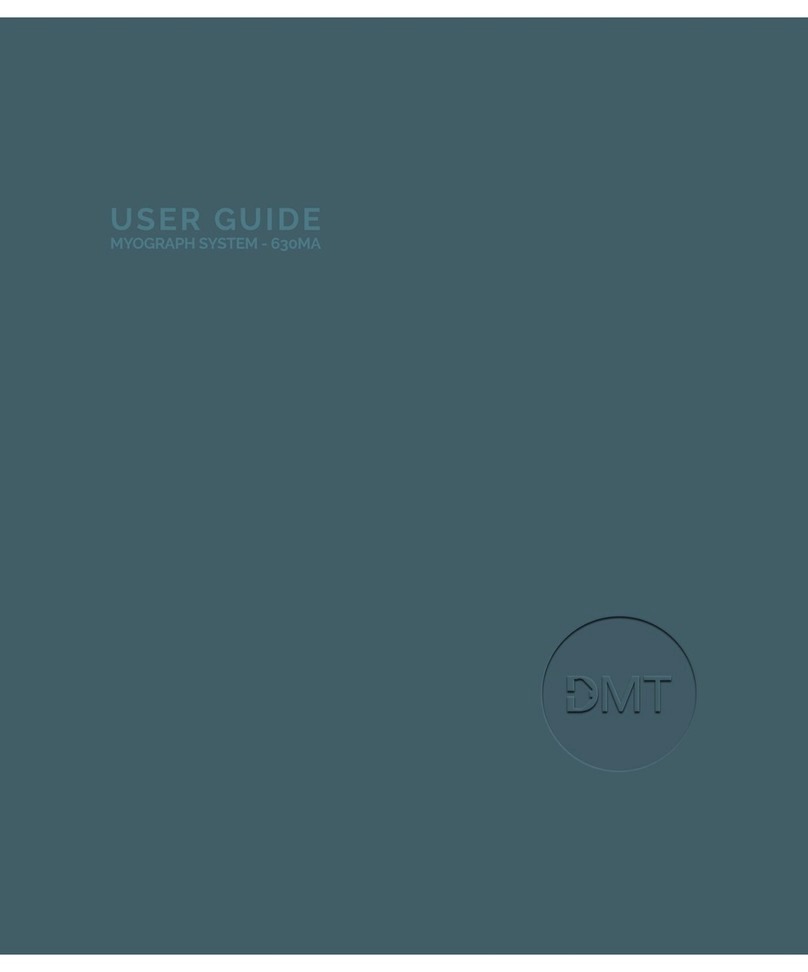
5
The Muscle Strip Myograph System - 820MS has been designed for use in teaching and research only. It is not
intended for clinical or critical life-care use and should never be used for these purposes. The 820MS also should not
be used for the prevention, diagnosis, curing, treatment, or alleviation of disease, injury, or handicap.
CAUTION:
• Do not open the unit; the internal electronics pose a risk of electric shock.
• Do not use this apparatus near water.
• To reduce the risk of re or electric shock, do not expose this apparatus to rain or moisture. Objects
lled with liquids should not be placed on the apparatus.
• Do not block any ventilation openings. Install in accordance with the manufacturer’s instructions.
• Do not install near any heat sources such as radiators, heat registers, stoves, or other equipment or
devices that produce heat.
• Only use attachments and accessories specied by the manufacturer.
• Unplug this apparatus during lightning storms or when unused for long periods of time.
• Be advised that dierent operating voltages require the use of dierent types of line cord and
attachment plugs. Check the voltage in your area and use the correct type. See the table below:
SAFETY
Protect the power cord from being walked on or pinched: particularly at power plugs and the point where they
connect to the apparatus.
Refer all servicing to qualied service personnel. Servicing is required when the apparatus has been damaged in
any way; such as, the power-supply cord or plug is damaged, liquid has spilled onto or objects have fallen into the
apparatus, the apparatus has been exposed to rain or moisture, does not operate normally, or has been dropped.
Voltage Line plug according to standard
110 - 125 V UL81 and CSA C22.2 No. 42
220 - 230 V CEE 7 page VII, SR section 107-2-D1/IEC 83, page C4
240 V BS 1363 of 1984. Specication for 13A fused plugs and
switched and unswitched socket outlets.




























